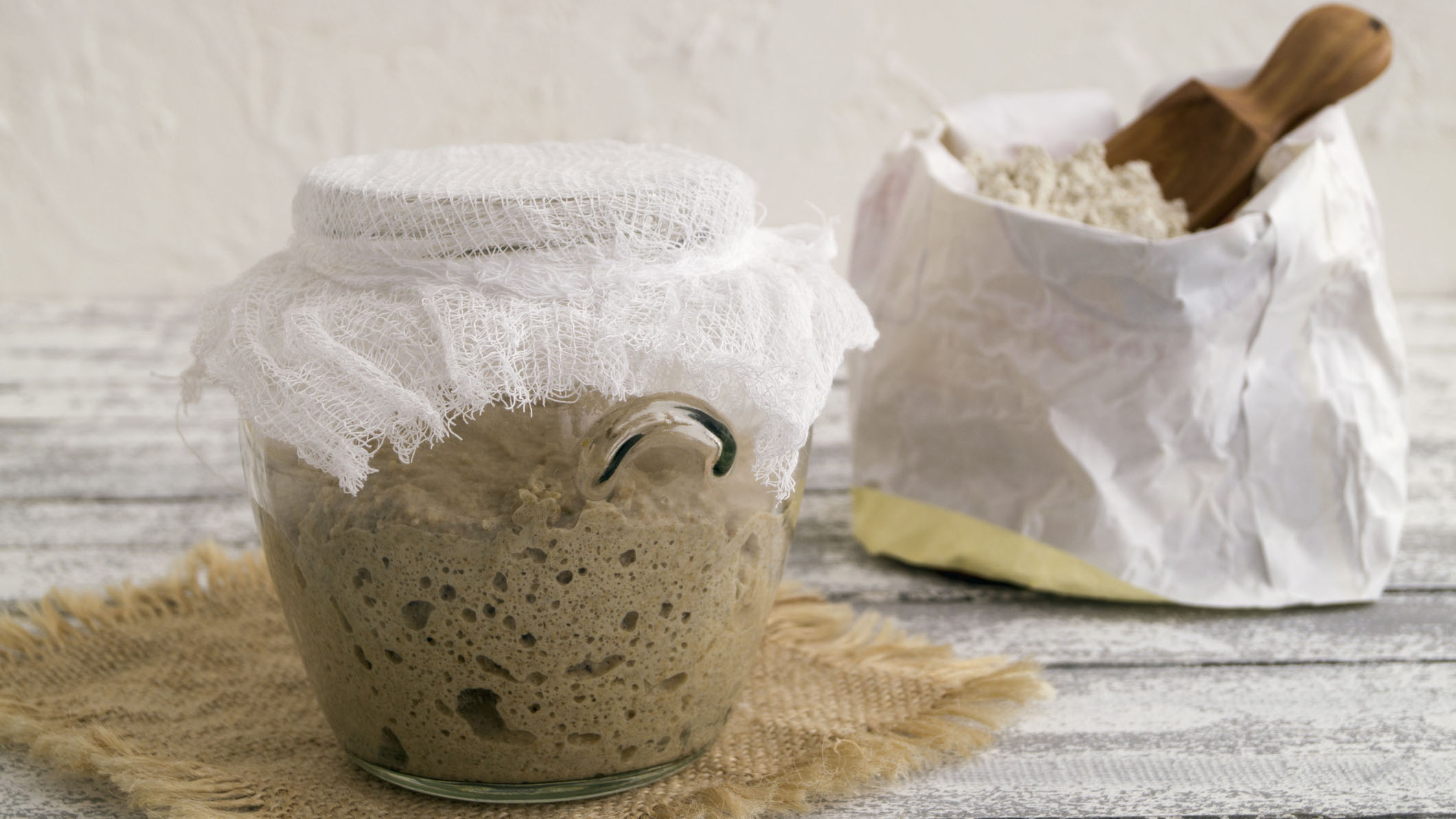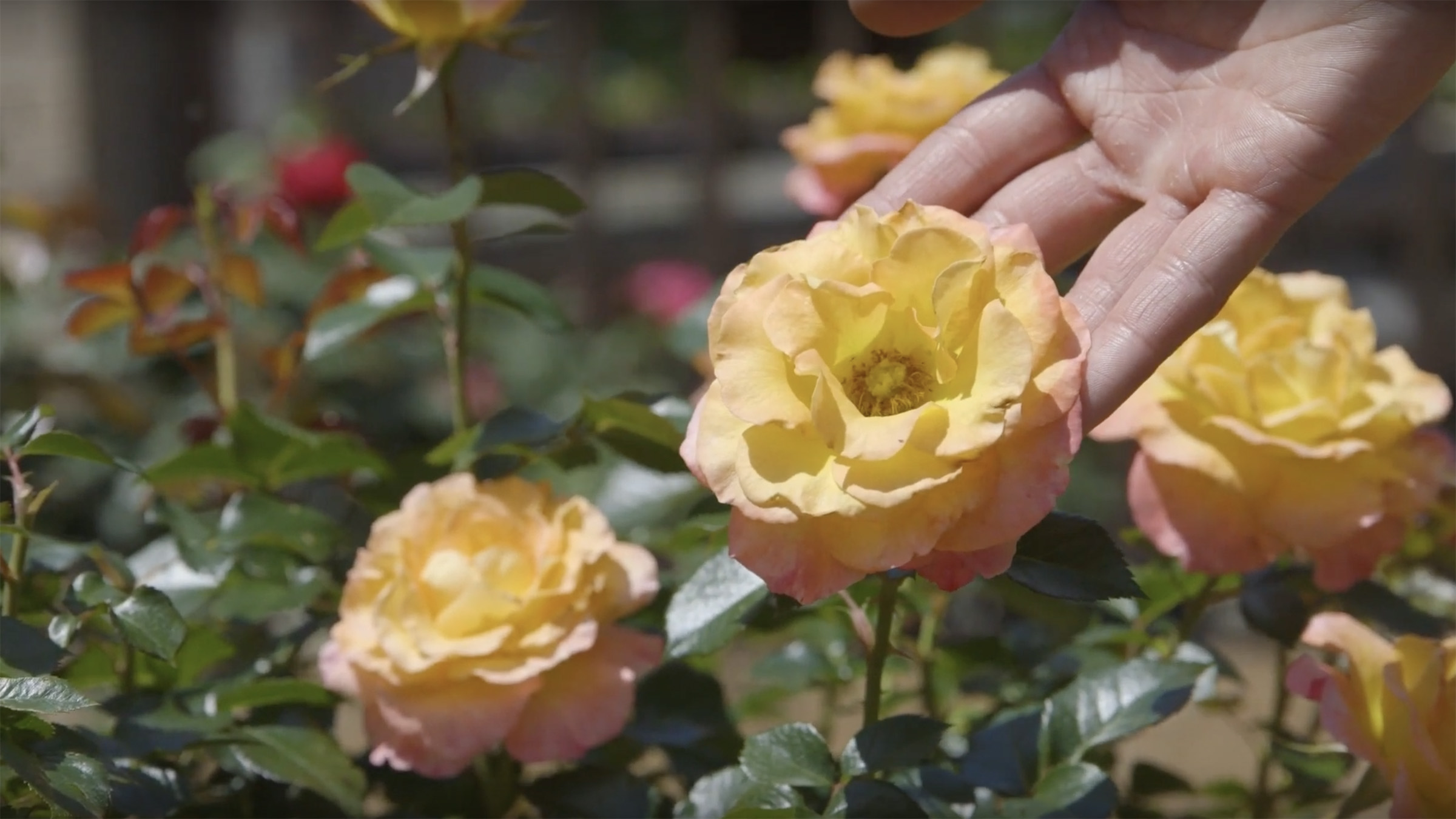When you think of sourdough, the first thing that comes to mind is probably bread – golden brown and crispy, am I right?
But did you know that underneath that alluring crust there’s a microscopic garden of beneficial bacteria and yeast? Don’t worry, they’re what make sourdough so tasty and nutritious, and we’ll show you how this delectable science experiment works.
The process of making sourdough bread begins with a starter made from simple ingredients and a fascinating natural process. In this edition of In the Kitchen, Erin McKenney of the Rob Dunn Lab at NC State explains how to get started on sourdough with three basic ingredients: flour, water and time.
Different types of flour will produce different results based on the composition of the grain used to make the flour. Whole grain flour, for example, has layers containing fiber, starch, protein and certain microbes that aren’t found in white flour, which mainly contains starch.
Recipe
Sourdough Starter
Yield: 5 servings
Ingredients
- 1 pint jar (glass or plastic, never metal)
- 1/2 cup of tap water
- 1/2 cup of rye flour
- Paper towel
- Rubber band
Instructions
- Let your water sit out overnight — this will allow the chlorine to evaporate and will prevent it from killing important microbes you need for your starter.
- Add the water and flour into the jar.
- Instead of using the lid of the jar, place the paper towel on top of the jar and secure it with a rubber band.
- Place the container in a place where the temperature is constant (around 70°F).
- Categories:



